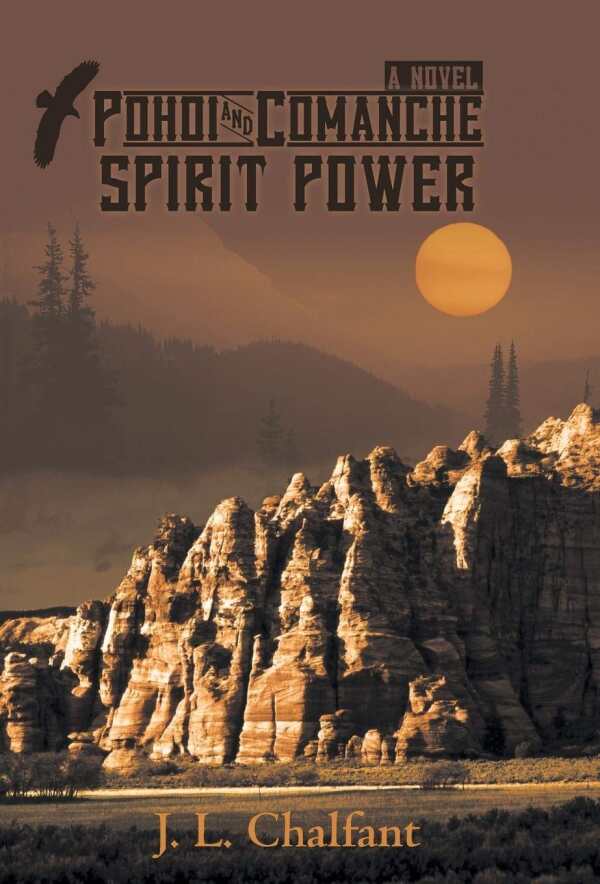Pohoi and Comanche Spirit Power
Pohoi and Comanche Spirit Power is a historical tale of vengeance, courage, and self-discovery.
In J. L. Chalfant’s historical novel Pohoi and Comanche Spirit Power, a fifteen-year-old girl risks her life to avenge her father’s murder and bring her mother home.
Rebellious Pohoi is not content with following tradition. Against her parents’ wishes, she pursues Eagle Power, hoping that it will allow her to protect her family from white soldiers and settlers. But when a beloved relative betrays the family, helping white soldiers to kill Pohoi’s father and kidnap her mother, Pohoi takes it upon herself to effect a rescue and seek vengeance, no matter what dangers—natural or supernatural—stand in her way.
Set in 1860, when the Comanche were beset by both federal troops and Texas Rangers, Pohoi and Comanche Spirit Power follows Pohoi’s dangerous quest across unknown territory. Pohoi is a traumatized teenager caught between the impetuous desires of childhood and the impending responsibilities of adulthood. This conflict sometimes results in brattish behavior and repetitive dialogue, but for the most part it is portrayed well. Still, despite Pohoi’s bravery and determination, she too often serves as a damsel in distress.
Other characters are indecisive, distrusting each other one moment and trusting each other the next. They express contradictory thoughts, and their dialogue is cinematic rather than natural; further, it tends to be expository. This is most noticeable when Pohoi listens in on her white captors’ conversations, which are written out in their entirety, even though the story is told from Pohoi’s perspective and she doesn’t know enough English to understand what’s happening. Pohoi cannot participate in or even comprehend their troubles; as a result, the white characters’ subplot is abruptly introduced and out of place on the whole.
Derogatory language is used, mostly by villainous characters, and some of the fantastical plot elements, including arrows that shoot lightning, are not well established. Characters are wont to stop to have long conversations about their plans, doubts, and disagreements; such exchanges slow the pace. More exciting are the book’s action scenes, as when Pohoi and her companions are caught in a buffalo stampede and the book’s climactic moment.
Evocative descriptions capture changes in the antagonist’s bearing and the barren beauty of Pohoi’s home in Texas’s Llano Estacado, whose gorgeous, vibrant landscape is used to great effect, almost acting as a character in and of itself.
In the end, Pohoi has to heal from the sting of loss and to deal with her lingering uncertainties, even though she accomplished much of what she set out to do. Her maturation is rewarding.
Pohoi and Comanche Spirit Power is a historical tale of vengeance, courage, and self-discovery.
Reviewed by
Eileen Gonzalez
Disclosure: This article is not an endorsement, but a review. The publisher of this book provided free copies of the book and paid a small fee to have their book reviewed by a professional reviewer. Foreword Reviews and Clarion Reviews make no guarantee that the publisher will receive a positive review. Foreword Magazine, Inc. is disclosing this in accordance with the Federal Trade Commission’s 16 CFR, Part 255.

